Discover the Future of Companionship: How Robot Pets are Changing Lives
As technology continues to evolve, the concept of companionship is being redefined by the rise of robot pets. A recent study by the International Federation for Robotics indicates that the global market for service robots, including robotic companions, is projected to reach $35 billion by 2025, reflecting a growing consumer interest in innovative forms of companionship. These advanced robot pets are not only designed to provide emotional support but also serve as valuable tools for enhancing mental well-being, particularly for the elderly and individuals with disabilities. Research from the Journal of Robotics reveals that interactions with robot pets can reduce feelings of loneliness and increase overall happiness. As society embraces these technological marvels, it becomes imperative to explore how robot pets are transforming lives and paving the way for a new era of companionship.

The Evolution of Robot Pets and Their Technological Advancements
The evolution of robot pets has witnessed significant technological advancements that are reshaping the landscape of companionship. According to a report by Allied Market Research, the global market for robotic pets is projected to reach $6.58 billion by 2027, growing at a compound annual growth rate (CAGR) of 15.8% from 2020. This surge is driven by innovations in artificial intelligence, machine learning, and interactive design, allowing these robotic companions to provide emotional support and entertainment.
One of the most notable advancements is in the area of responsiveness and interactivity. Modern robot pets are equipped with sophisticated sensors and AI algorithms that enable them to recognize voices, respond to commands, and even exhibit emotions. A study published in the Journal of Gerontology found that robotic pets can significantly reduce feelings of loneliness among elderly populations, with 80% of participants reporting increased feelings of companionship. As these technologies continue to develop, the ability of robotic pets to simulate genuine interactions will only enhance their role as companions in our daily lives.

Understanding Emotional Connections: Why Robot Pets Are Companions
In recent years, the concept of companionship has evolved with the introduction of robot pets, which are increasingly becoming a viable alternative to traditional pets. Unlike their biological counterparts, robot pets are designed to engage users emotionally, providing comfort and companionship without the responsibilities that come with live animals. These robotic companions utilize advanced technology to simulate lifelike behaviors, creating an environment where users can form genuine emotional connections. Their interactive features often mimic playfulness, affection, and even the need for care, allowing individuals, especially the elderly or those with limited mobility, to experience companionship without the associated challenges of pet ownership.
Understanding the emotional connections fostered by robot pets reveals a profound impact on users' mental well-being. Research indicates that interacting with these robotic companions can reduce feelings of loneliness and depression, providing a sense of purpose and joy. The simplicity of maintaining a robot pet, combined with its ability to engage in conversation and respond to emotional cues, offers a unique platform for companionship. As technology continues to advance, these robotic pets are not simply objects but companions that enrich lives and create meaningful bonds, highlighting a new frontier in the human experience of companionship.
The Impact of Robot Pets on Mental Health and Loneliness
The rise of robotic pets marks a significant shift in addressing mental health and loneliness, particularly among vulnerable populations such as the elderly and those facing various cognitive challenges. These AI-programmed companions are designed to offer comfort, companionship, and an emotional connection, which can be especially beneficial for individuals who are unable to have traditional pets due to allergies or other health concerns. For instance, innovations like lifelike robotic dogs are being implemented in care facilities to help residents cope with social isolation, promoting emotional well-being and enhancing their quality of life.
Research indicates that robotic pets can serve as effective therapeutic tools, providing both mental health support and a sense of purpose for users. Studies are currently exploring how these artificial companions, such as robotic seals or dogs, can foster meaningful interactions and alleviate loneliness among older adults, particularly those suffering from dementia or anxiety. By introducing lifelike technology into therapeutic environments, communities are paving the way for a future where companionship transcends biological limitations, highlighting the evolving role of robotics in mental health and well-being.
Cost-Benefit Analysis: Robot Pets vs. Traditional Pets
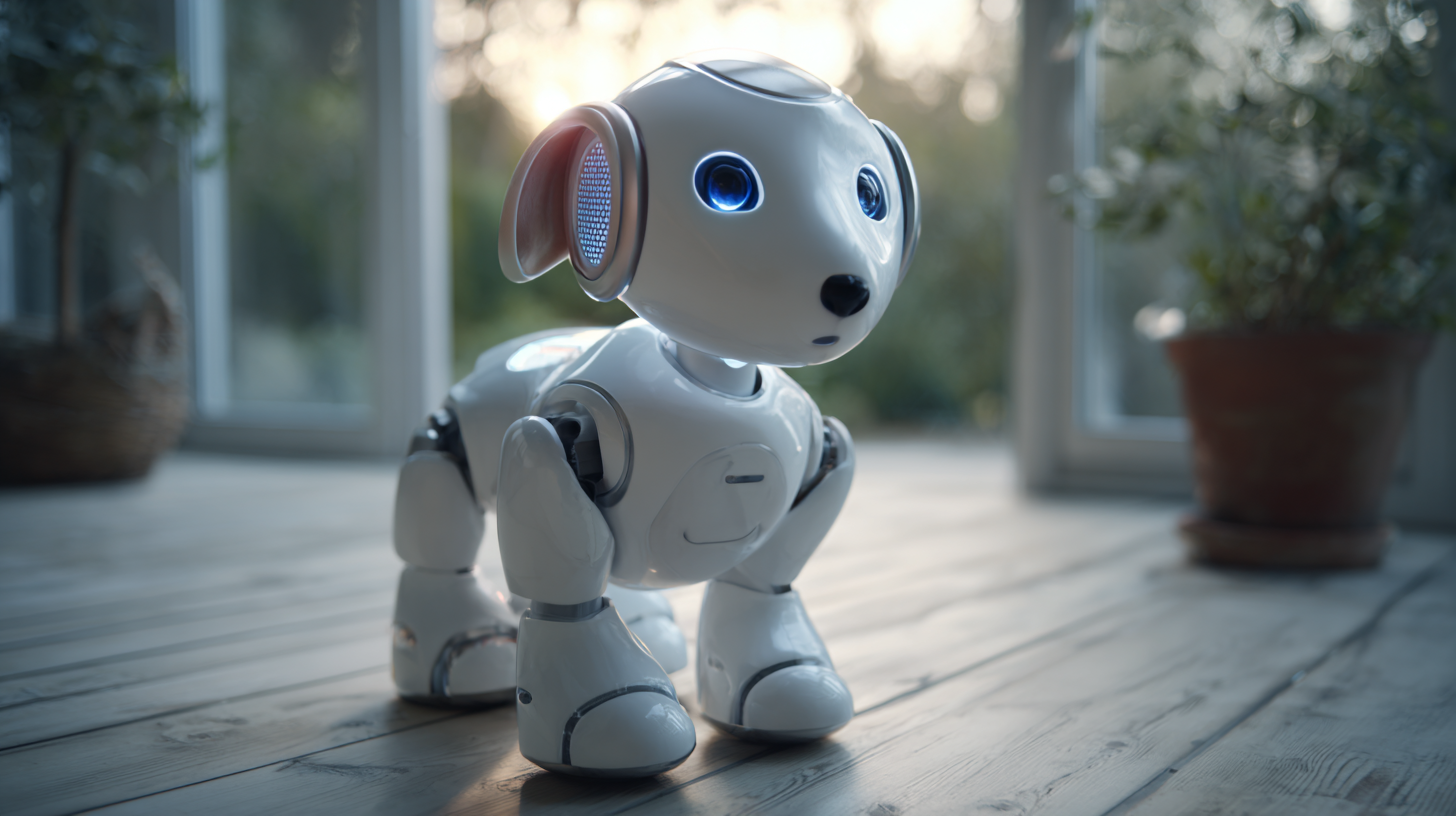 As technology continues to advance, the debate between the benefits of robot pets versus traditional pets becomes more pertinent. Traditional pets provide companionship, emotional support, and a sense of responsibility, but they also come with costs such as food, grooming, and veterinary care. On the other hand, robot pets offer a low-maintenance alternative that can mimic companionship without the associated expenses of a living animal. With no need for feeding or regular vet visits, robot pets can be more economical in the long run. Additionally, they are often equipped with interactive features that can provide entertainment and engagement similar to what traditional pets offer.
As technology continues to advance, the debate between the benefits of robot pets versus traditional pets becomes more pertinent. Traditional pets provide companionship, emotional support, and a sense of responsibility, but they also come with costs such as food, grooming, and veterinary care. On the other hand, robot pets offer a low-maintenance alternative that can mimic companionship without the associated expenses of a living animal. With no need for feeding or regular vet visits, robot pets can be more economical in the long run. Additionally, they are often equipped with interactive features that can provide entertainment and engagement similar to what traditional pets offer.
Tips: When considering robot pets, assess your lifestyle and needs. If you have limited space or time, a robot pet may be a practical solution. For families with children, robot pets can also serve as a gentle introduction to the responsibilities of pet ownership. Meanwhile, for those with allergies, robot pets present a safe alternative that enables companionship without triggering sensitivities.
Ultimately, weighing the emotional benefits and financial implications is crucial in deciding between the two. Robot pets can fill the gap for those unable or unwilling to manage a living pet, providing a unique form of companionship suitable for various lifestyles.
Future Trends: How Robot Pets Will Redefine Companionship
As technology advances, robot pets are emerging as a transformative force in the realm of companionship. Future trends indicate that these robotic companions will not only fill the emotional void left by human absence but also revolutionize the conventional understanding of pet ownership. With artificial intelligence and machine learning capabilities, robot pets are designed to learn and interact with their owners, providing a personalized experience that mimics the affection and responsiveness typically associated with living animals. This evolution in technology suggests that individuals, particularly those who are elderly or have mobility issues, may find solace in these robotic companions, thereby enhancing their quality of life.
In addition to catering to emotional needs, robot pets will redefine companionship through their adaptability and low maintenance compared to traditional pets. As societal attitudes towards technology evolve, these robotic friends are likely to become more accepted in everyday life, fostering social connections among users. With continuous improvements in their design and functionality, robot pets could become a staple in homes, offering companionship, entertainment, and even therapeutic benefits. The future may see these high-tech companions not just as alternatives to real pets, but as essential partners in fostering emotional well-being for a diverse range of individuals.
Discover the Future of Companionship: How Robot Pets are Changing Lives
This chart illustrates the increasing levels of satisfaction among users of robot pets over the past five years. The data suggests a growing trend in adoption and emotional connection with robotic companions.
Related Posts
-
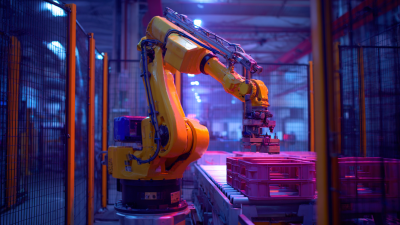
Exploring the Future of Palletizing Robots at the 138th China Import and Export Fair 2025
-
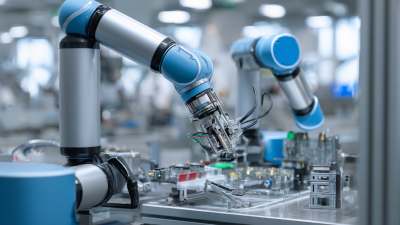
How to Enhance Manufacturing Efficiency with Cobot Robots in Your Business
-
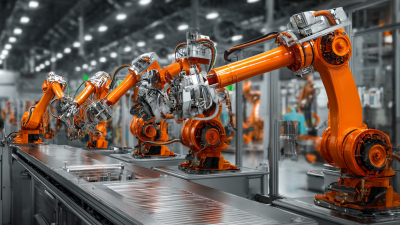
The Future of Work How Industrial Robots are Transforming Manufacturing Industries
-

What Are the Advantages of Using Robotic Process Automation Tools
-
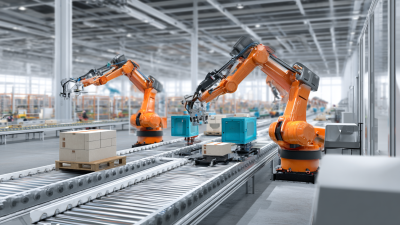
Future of Warehouse Robots at China's 138th Canton Fair 2025 Industry Insights and Market Growth Trends
-
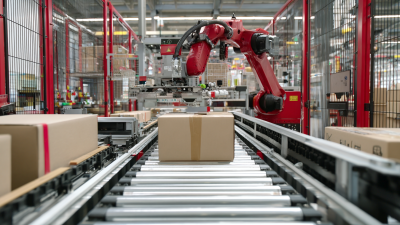
Transforming Logistics: Cobot Palletizers at the 138th Canton Fair 2025 – Industry Insights and Innovations
Smart Robotics brand movie
Watch video


